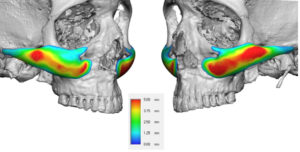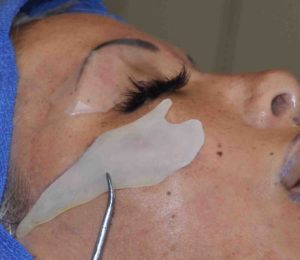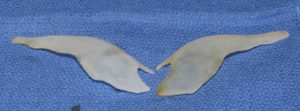Cheek implants have been around for decades and have undergone an evolution of design changes. While initially developed as small oblong shapes to sit on top of the malar eminence, newer designs have incorporated the area under the malar eminence as well known as the submalar region. This has led to a variety of current shapes that include malar, submalar and combined malar-submalar (shell) styles, creating up to five different cheek implant options. (not to mention the various sizes of each style)
But careful analysis of the actual anatomy of the zygomatic complex (aka cheekbone) reveals that it does not match the shape of any current cheek implant. Structurally the cheekbone is fairly complex with a main body and three processes that articulate with other bones (frontal, temporal and maxillary) and has four borders. When the term ‘high cheekbones’ is used from an attractive and desirous facial beauty standpoint, this usually refers to more pronounced zygomatic arches or its posterior process. This causes a raised line along the sides of the face to appear which creates a distinct facial skeletal feature. This is often seen in fashion models in both men and women.


The model cheek implant is a malar-arch design that adds a skeletal coverage area not previously seen in any previous midface implant. It creates the high cheekbone look that many younger patients today seek in with contemporary fashion and beauty trends.
Dr. Barry Eppley
Indianapolis, Indiana



